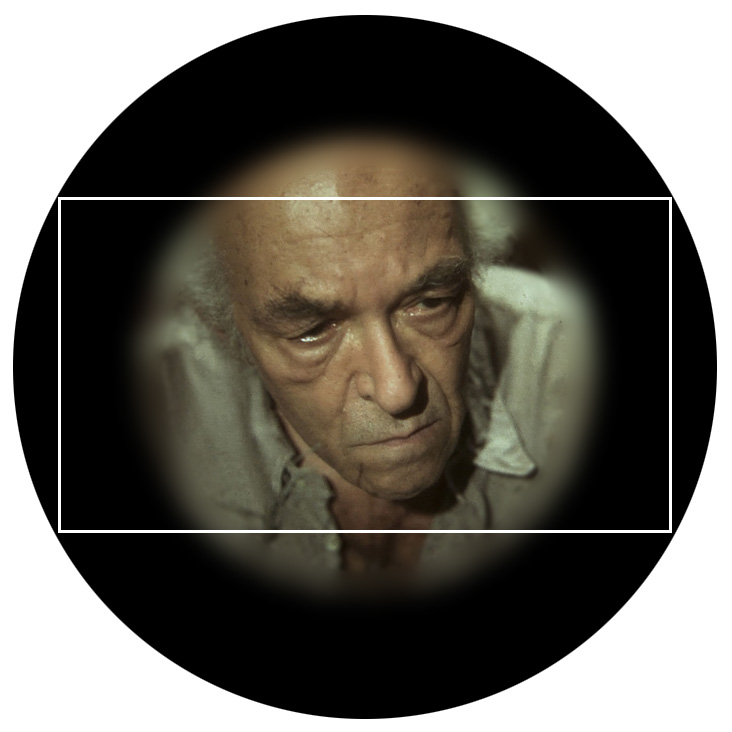Additionally a too large image circle when used on a smaller imager may let in unwanted light which reflects off the sensor and causes flare. Many people think that 35mm format lenses behave more telephoto when used on smaller sensor digital cameras. In fact they do but what is actually happening is by the default of its own size, the chip is just cropping in on the available image. So for example, if you put 25mm lens on a 1/3" camera, because of the 7.2 crop factor, that 25mm lens will behave more like a 180mm would on a 35mm film camera.
Reading the various online forums and books on optics, I've found there is a great deal of confusion as to what constitutes a "normal" lens. First of all, what do camera people mean by normal? By all accounts, a normal lens is one that is neither wide nor telephoto. In other words, one that approximates "normal" human perspective and field of view without creating unnatural distortion. In HD video, the exact same lens will create a totally different image depending on the size of your camcorder's sensor.
So how do how do you figure out how to create a "normal" Field of View for whatever format you're shooting?
In the world of 35mm still photography, a 50mm lens is considered to be a good choice for reproducing the human field of vision. The renowned French photographer, Henri Cartier-Bresson, shot his entire career on a 50mm lens for this reason. This is because a 50mm is quite close to the diagonal measurement of the film plane in 135 format (aka 35mm still) which is 43mm. To create a natural, undistorted perspective in photographic images you must first determine the diagonal measurement of the film plane or image sensor and then match the lens accordingly. A smaller size (mm) than this diagonal will result in a wider image and a larger will result in a more telephoto image.
So if the old rule of thumb is that a 50mm lens is normal in 35mm still photography and we also shoot on 35mm film in cinematography then wouldn't a 50mm be a normal lens for that format as well? Many people seem to think so but this is incorrect. The reason is that the size of the camera aperture is totally different in both formats. In still photography the film goes through the camera horizontally where there is more surface area between the perforations. This results in a larger negative area than the vertical movement motion picture cameras create. Compare the difference:






 © 2021 Bennett Cain / All Rights Reserved /
© 2021 Bennett Cain / All Rights Reserved /